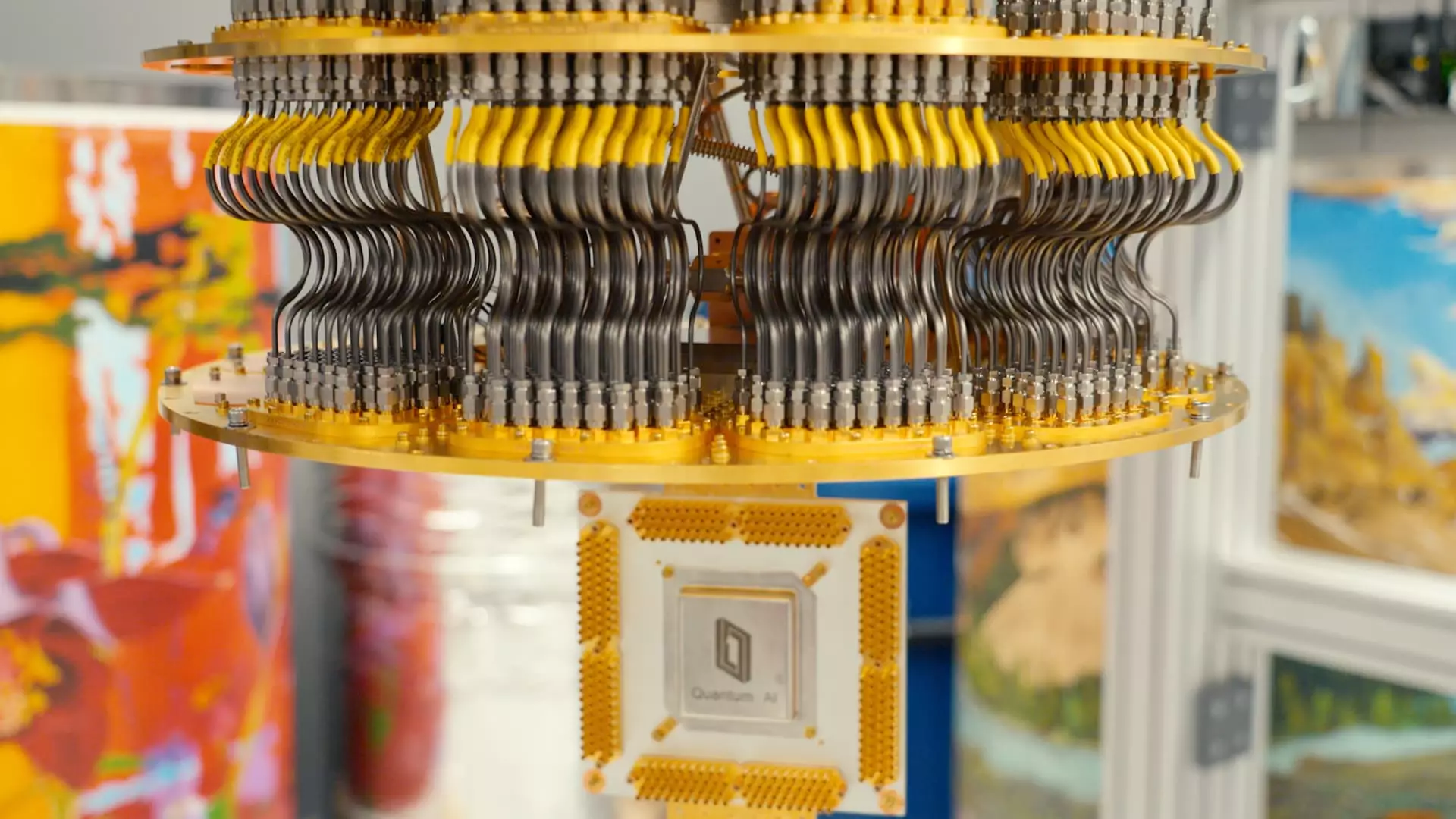Nestled in the idyllic coastal city of Santa Barbara, California, a quiet revolution is brewing. Scientists at Alphabet are submerged in the high-stakes world of quantum computing—a domain that could redefine our relationship with technology. This ambitious undertaking is not just about achieving computational supremacy; it’s about creating a synergy between quantum processors and artificial intelligence (AI). As opined by Julian Kelly, the director of hardware at Google Quantum AI, the interplay between these two spheres could lead us into uncharted territories, promising to enhance our understanding of data and innovation.
Google’s Late Yet Strategic Entry into AI
History may label Google as a follower in the transformational race of generative AI, particularly as OpenAI’s ChatGPT captivated the public’s attention in late 2022. However, Google’s strategic pivot showcases a calculated resurgence rather than a reactive struggle. Their revelation of the Willow quantum computing chip marks a pivotal moment. Despite initially lagging, Google has emerged with a component capable of deciphering complex problems at a speed that traditional computers can’t even fathom. This shift suggests that Google is positioning itself not just as a participant but possibly as a leader in the tech landscape ahead.
The Exponential Potential of Willow
The Willow chip signifies more than just a new technology; it embodies a promise for an exponential reduction in computational errors. The affirmation from experts like John Preskill, director of Caltech’s Institute for Quantum Information and Matter, underscores this milestone. Within a landscape cluttered with traditional computing paradigms, Willow heralds a shift that could eventually unlock innovative applications currently confined to the realm of imagination. This optimization in error reduction could empower Google to explore unfulfilled potentials, paving the way for practical breakthroughs that stretch the boundaries of what’s conceivable in both quantum and classical computing fields.
AI at a Crossroads: The Data Dilemma
As we stand at the convergence of AI and quantum technology, we must confront a critical challenge: the impending data wall restricting AI’s expansion. As major AI models exhaust high-quality data harvested from the Internet, a sense of urgency looms. Kelly illustrates a tantalizing possibility—quantum computers could generate new datasets that would invigorate AI development. This perspective not only catalyzes optimism but also shifts the discussion toward the necessity of more innovative approaches in data sourcing, an area that has stagnated under traditional models.
A Glimpse into a Future Intertwined with Quantum Computing
Having witnessed the stunning advancements in AI, the merging of these technologies incites both excitement and skepticism. Projects like AlphaFold, which won the Nobel Prize in Chemistry in 2024, underscore the critical role that quantum mechanics can play in enhancing scientific inquiry. The visionary potential Kelly describes—using quantum computers to deepen AI’s understanding of complex phenomena—opens avenues for future advancements in healthcare, material science, and beyond. It’s an evolutionary tale that suggests we’re on the cusp of a transformative era fueled by innovation and daring speculation.
Combining these elements, Google’s dedication to harnessing quantum potential offers a glimpse into a future that is not only inspiring but essential for tackling the challenges inherent in an increasingly data-driven world. As we embrace these revolutionary advancements, one thing appears certain: the synergy of quantum computing and AI is poised to redefine our technological landscape.

